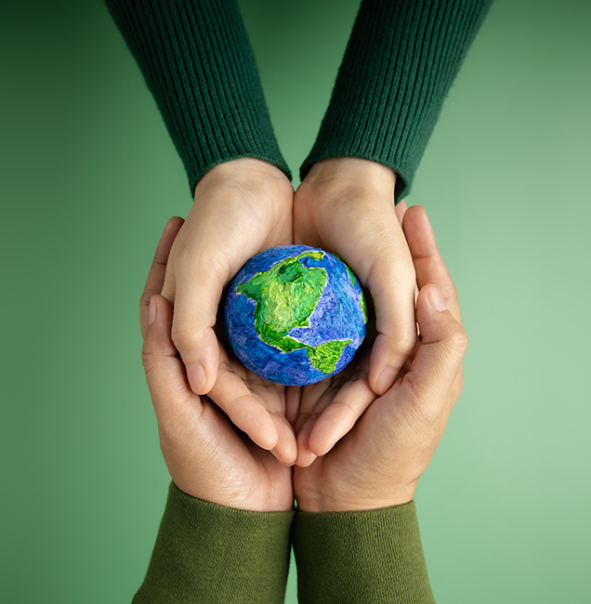Understanding social impacts circular economy
How is the circular transition affecting society? And how do we ensure that the circular economy is for everyone? Those questions Ecorys investigated on behalf of Province of South Holland.
In a fully circular economy, we not only produce differently, but also change the way we consume. This has all kinds of social consequences for participation in the labor market, purchasing power, educational needs and the way we handle our belongings, i.e. our behavior. A fully circular economy in 2050, in which the entire society participates, that is the goal of the Province of South Holland.
In this study, Ecorys concludes that the transition to a circular economy brings challenges in terms of inclusiveness. Less mass production means that products may become more expensive and thus less accessible to lower incomes. For the digitally less skilled, participation in the platform economy and further digitalization of daily life is a challenge. On the other hand, the circular economy requires different skills, which are also practical in nature, offering opportunities for practically skilled residents of South Holland. Moreover, part of the lower-income population is often already used to repairing their belongings (or having them repaired) instead of buying new ones all the time, so they already use fewer primary raw materials. So there is no unambiguous picture of the inclusiveness of the circular economy. What is clear, however, is that digitalization and the accessibility of healthy and good-quality products in particular are a major challenge.
For this study, Ecorys explored the potential social impacts of the circular economy using five circular business models:
- Circular production chains – Deployment of fully renewable, recyclable and biodegradable raw materials with the aim of reducing the use of primary raw materials;
- Maximization of reuse and recycling – Reuse and recycling of everything considered waste in the linear economy.
- Product life optimization – Extending/optimizing product life by creating value in product quality and longevity rather than high production volume.
- Share economy – Facilitating renting, sharing, borrowing, transferring or exchanging resources so that we as individuals need to own less stuff.
- Product-as-a-service – Consumers become users of a service rather than owners of a product. This again is related to, for example, product life optimization: Quality comes with a price tag. By offering the product as a service, it becomes accessible to more people.
For each business model, through literature review and interviews with policymakers and experts in the circular economy, we explored the potential material (work and income, purchasing power) and intangible (consumption behavior and knowledge, attitudes and behaviors toward resource flows) consequences for the residents of South Holland. From this it was concluded that involvement and inclusion in the circular economy is not straightforward. An important task of the government to achieve the ambition in 2050 is to work on behavioral change among consumers and producers through communication and education on the one hand and through legislation on the other. All decisions taken to this end should pay attention to the bottom of society. After all, circular implies that everyone can participate.
For more information, visit the South Holland Province website.

22 July 2022
3 minute read
Key Experts
Luc Heestermans
Consultant



